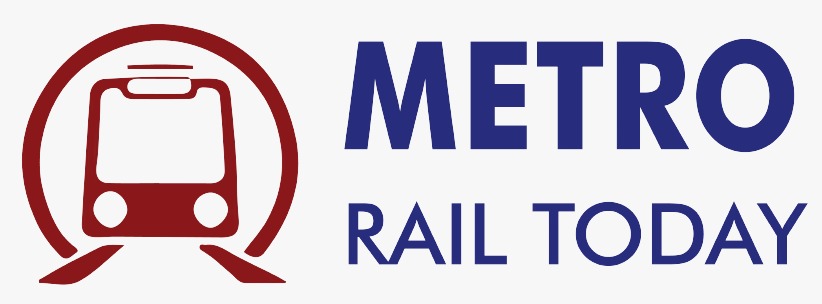 NCRTC Introduces Drone-Based OHE Monitoring on Delhi-Meerut Namo Bharat RRTS Corridor
NCRTC Introduces Drone-Based OHE Monitoring on Delhi-Meerut Namo Bharat RRTS Corridor Iraq approves contract for 90 km Najaf–Karbala Metro Rail Project
Iraq approves contract for 90 km Najaf–Karbala Metro Rail Project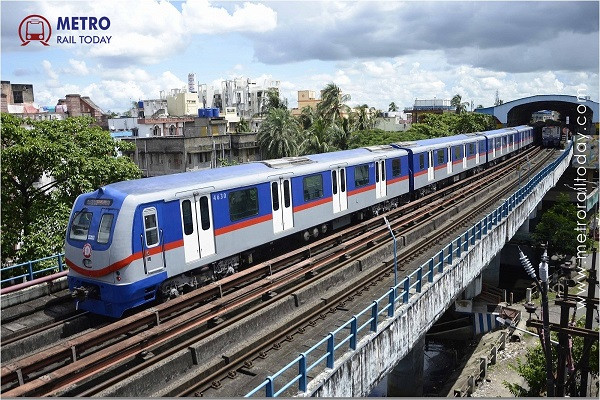 Subhransu Sekhar Mishra takes charge as new General Manager of Kolkata Metro Railway
Subhransu Sekhar Mishra takes charge as new General Manager of Kolkata Metro Railway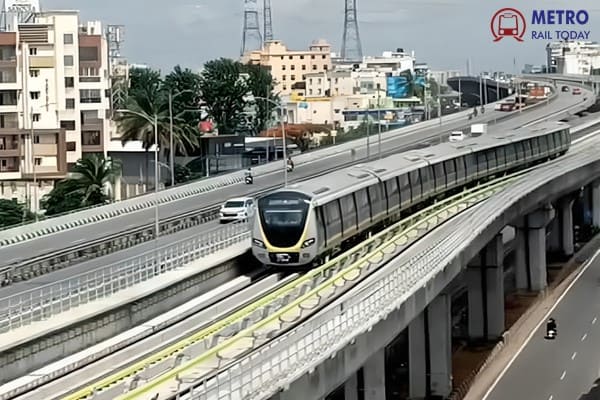 Hitachi Rail GTS India Wins ₹76 Crore AFC Contract for Bangalore Metro Phase 2A & 2B
Hitachi Rail GTS India Wins ₹76 Crore AFC Contract for Bangalore Metro Phase 2A & 2B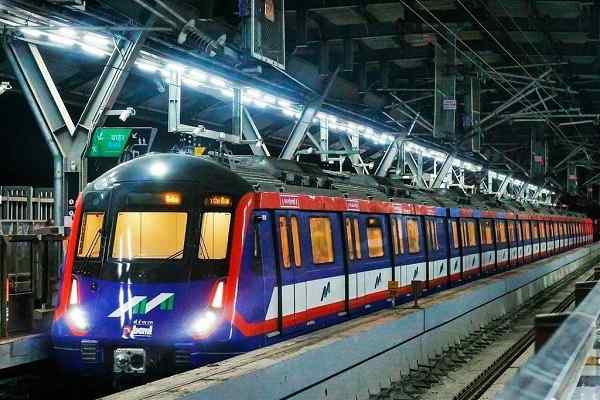 L&T Technology Services Bags ₹70 Crore AFC Contract for Mumbai Metro Line 7A & 9
L&T Technology Services Bags ₹70 Crore AFC Contract for Mumbai Metro Line 7A & 9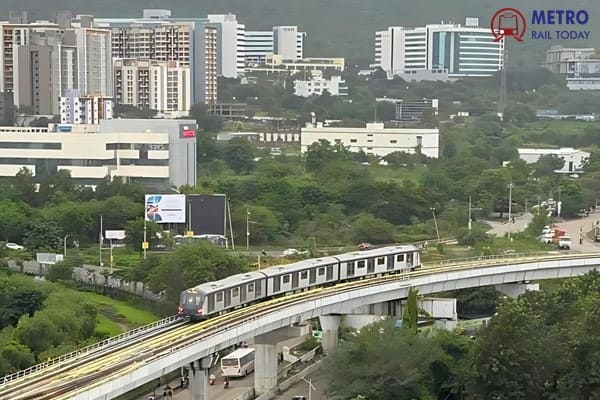 Larsen & Toubro Bags ₹4,788 Crore System Contract for Mumbai Metro Line 4 & 4A
Larsen & Toubro Bags ₹4,788 Crore System Contract for Mumbai Metro Line 4 & 4A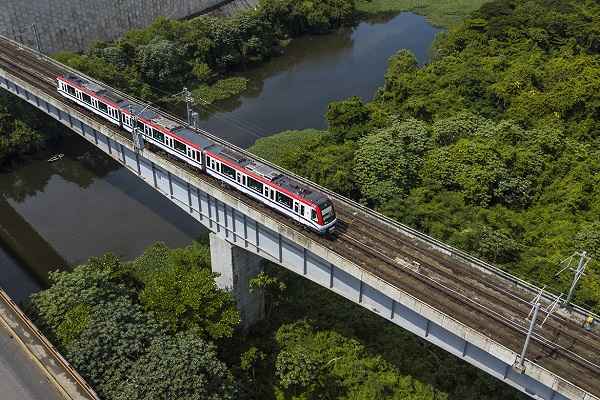 Poland unveils 29-km new metro rail plan for Krakow with 10-years deadline
Poland unveils 29-km new metro rail plan for Krakow with 10-years deadline BEML seeks Expression of Interests from Global Leaders for Indigenous TBM Manufacturing in India
BEML seeks Expression of Interests from Global Leaders for Indigenous TBM Manufacturing in India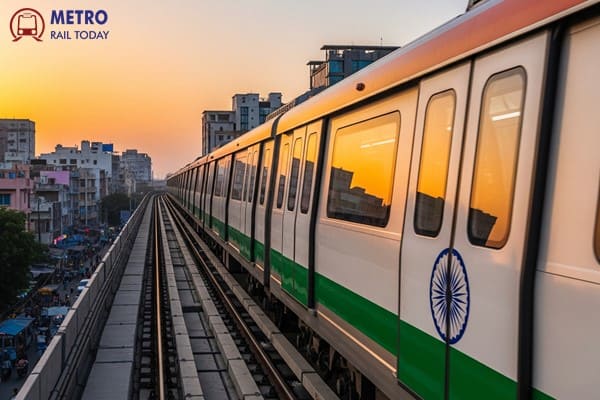 Lucknow Orbital Rail Corridor set to redefine Northern India's connectivity and Logistics Landscape
Lucknow Orbital Rail Corridor set to redefine Northern India's connectivity and Logistics Landscape Evelyn Palla appointed CEO of Deutsche Bahn AG, Becomes First Woman to lead the company
Evelyn Palla appointed CEO of Deutsche Bahn AG, Becomes First Woman to lead the company
CRRC set to deliver first two driverless trains to Bangalore Metro by November
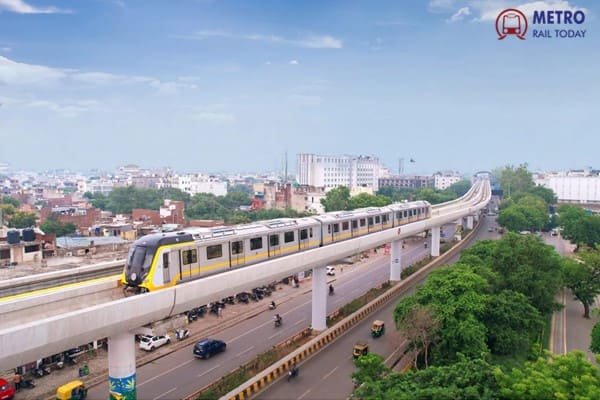 (Representative Image)
(Representative Image)
Bengaluru, India (Metro Rail Today): In the fast-paced world of technological advancements, Bengaluru, often referred to as the Silicon Valley of India, is poised to take a significant leap forward in its transportation infrastructure. The city is gearing up to welcome its first driverless metro train, set to revolutionize the way Bengalureans commute. In this article, we delve into the exciting developments surrounding this innovative project and explore what the future holds for Bengaluru's public transportation system.
The eagerly awaited driverless metro train is slated to join Bengaluru's Yellow Line, which connects the bustling Electronics City, home to tech giants like Infosys and Biocon, with the vibrant neighborhoods of South Bengaluru. This transformative project has generated immense excitement among residents and commuters alike.
The prototype of the rolling stock train is being manufactured in China by the China Railway Rolling Stock Corporation (CRRC). Notably, this marks a significant departure from the norm, as it's the first time a rolling stock manufacturer other than Bengaluru-based BEML is supplying coaches to the Bangalore Metro Rail Corporation Ltd (BMRCL). Currently, BMRCL operates 57 trains, all of which were manufactured by BEML.
The project involves the procurement of 36 trains (216 coaches) for Bangalore Metro Phase 2, with the first two sets of six-car trains (12 coaches) set to arrive from China. The remaining 204 coaches will be proudly indigenously manufactured by Titagarh Rail in India. This train is part of CRRC’s 7th and largest order for a metro project in India, showcasing the company's commitment to the nation's urban transport development.
- Mumbai Metro – 16 train-sets of 4 coaches for Line-1
- Gurgaon Rapid Metro – 12 train-sets of 3 coaches for Line-1
- Navi Mumbai Metro – 8 train-sets of 3 coaches for Line-1
- Kolkata Metro – 14 train-sets of 8 coaches for Line-1, Line-4 & Line-6
- Noida Metro – 19 train-sets of 4 coaches for Aqua Line
- Nagpur Metro – 33 train-sets of 3 coaches for Orange & Aqua lines
The introduction of driverless technology is one of the most exciting aspects of this project. Bengaluru Metro Rail Corporation Ltd (BMRCL) officials have revealed that these advanced trains will be part of the Communication-Based Train Control (CBTC) signaling system for the Yellow Line. This marks a historic moment as it's the first instance of CBTC, often dubbed 'driverless technology,' being used in Bengaluru Metro.
Compared to the current DTG (distance-to-go) signaling system, where the minimum time gap between two trains is two and a half minutes, CBTC promises to reduce the train headway to less than 90 seconds. Despite this remarkable leap in technology, BMRCL has chosen to retain loco pilots to address any concerns passengers may have about fully autonomous operation.
Siemens Mobility, a prominent player in the transportation sector, is overseeing the implementation of the CBTC system and automated train technology for the Yellow Line. The technology, known as GoA 4 (Grade of Automation 4), enables trains to be automatically controlled and operated, offering a safer and more efficient commute. Siemens Mobility's CBTC system will feature electronic interlockings, an automatic train protection and supervision system, and a state-of-the-art telecommunication system. This advanced signaling and train operation system will enable BMRCL to run trains at intervals as short as 90 seconds, ensuring greater availability and enhancing the overall passenger experience.
While the promise of this transformative project is undeniable, the journey to full operationalization is not without its challenges. Sources suggest that the Yellow Line is expected to become operational in the first quarter of 2024. However, BMRCL Managing Director Anjum Parwez remains optimistic, stating that the first two trains from China are set to arrive by October. He also shared that the project, initially planned for completion by December 2023, is on track. With these developments, BMRCL can commence operations on the Yellow Line with seven trains.
Titagarh Rail Systems MD and CEO Umesh Chowdhary emphasized that all 216 coaches for BMRCL will be delivered by March 2025. Out of these, 126 coaches (21 six-coach trains) will serve the Purple and Green lines, while the remaining 90 coaches (15 six-coach trains) are designated for the Yellow Line.
The supply of rolling stock encountered challenges, primarily stemming from CRRC's quest to identify a local manufacturer to meet the 75 percent local production requirement under the Make in India initiative. Factors like the COVID-19 pandemic, foreign direct investment policies, and trade restrictions with China further complicated matters. Eventually, CRRC found a solution by partnering with Kolkata-based Titagarh Rail to manufacture and supply the coaches, ensuring the project's progress.
The 19.143 km long Yellow Line comprises 16 stations at Rashtreeya Vidyalaya Road (RV Road), Ragigudda, Jayadeva Hospital, BTM Layout, Central Silk Board, Bommanahalli (HSR Layout), Hongasandra (Oxford College), Kudlu Gate (Muneshwara Nagar), Singasandra (Chikkabegur), Hosa Road (Basapura Road), Beratena Agrahara (Hosa Road), Electronic City, Infosys Foundation Konappana Agrahara (Electronic City – II), Huskur Road, Hebbagodi, and Bommasandra.
As Bengaluru eagerly awaits the arrival of its first driverless metro train, the city is set to redefine its public transportation landscape. With the Yellow Line expected to become operational in the near future, residents of areas like Jayanagar, BTM Layout, and HSR Layout, as well as employees working in Electronics City and Bommasandra Industrial Area, stand to benefit significantly from this remarkable advancement. Bengaluru's tryst with technology continues, and the future of transportation in the city looks promising.
